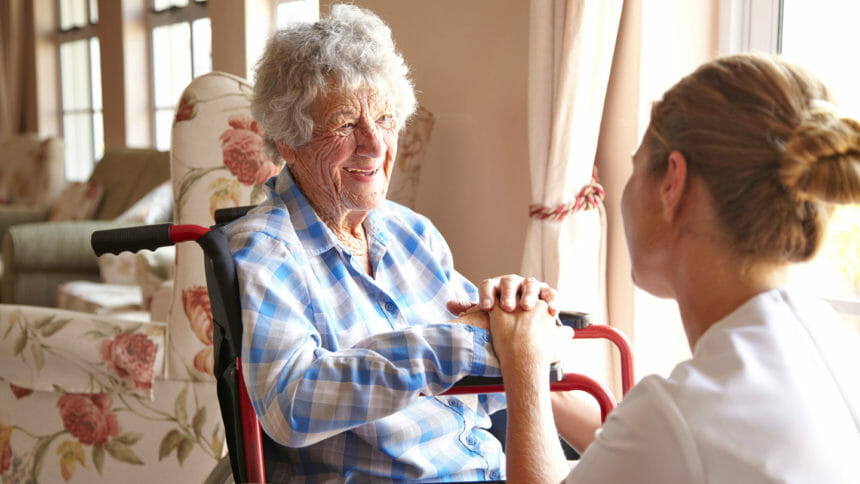
Avera eCARE Senior Care reduced the cost of providing healthcare for long-term care residents, according to a federally sponsored evaluation of Health Care Innovation Award projects.
Avera eCARE won a three-year, $8.8 million Center for Medicare and Medicaid Innovation award aimed at improving healthcare and lowering costs for LTC residents. The Senior Care program primarily served Medicare beneficiaries, providing geriatric telehealth consults, timely access to a ready clinical team and specialists, and training to help nursing staff at partnering long-term care facilities address complex and urgent healthcare needs of short-stay- and long-stay residents. It emphasized needs in isolated rural areas.
Avera’s program reduced Medicare spending and emergency department service use among the long-term care beneficiary subgroup. That is according to Mathematica, a national research company contracted by the Centers for Medicare and Medicaid Services to report the results of its Round 2 evaluations. The decrease includes a 4% reduction in total Medicare expenditures, or a reduction of $73 per beneficiary per month. For the 11,000 residents served, that represents a cost savings of more than $9.6 million per year.
The report also showed a 9% reduction in emergency department visits for both long-term care and short-stay residents.
“The study revealing the cost savings, clinical impact and overall effectiveness of telehealth in the senior care setting is of huge importance at this time when skilled nursing facilities are depending on telehealth services,” said Deanna Larson, CEO of Avera eCARE. “Senior Care delivered via telehealth not only saves dollars, it improves the quality of life and health status of residents.”
The Center for Medicare & Medicaid Innovation had awarded nearly $322 million to 38 organizations as three-year cooperative agreements. Only two of 38 programs evaluated were able to demonstrate cost reductions. At the completion of the three-year award, eCARE Senior Care services had impacted over 11,000 residents — allowing 90% of them, on average, to receive the care they needed in their long-term care facility rather than being transferred immediately after an urgent care encounter.




